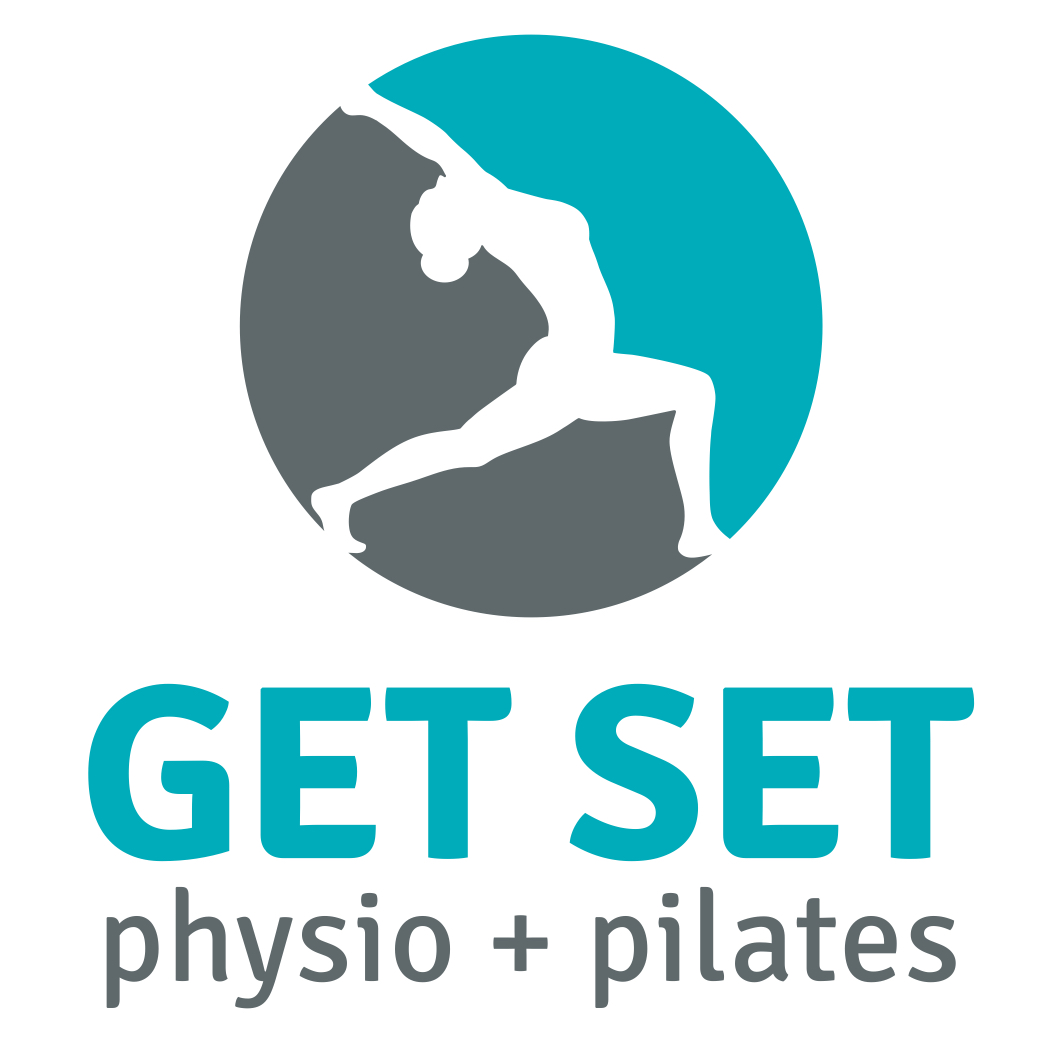The rotator cuff is a combination of four muscles that function to stabilize the shoulder joint within its socket. The individual muscles of the rotator cuff function with other muscles surrounding the shoulder to also produce movement.
The shoulder joint is one of the most mobile joints in the body due to the vast range of movement available caused by a lack of depth in the joint itself. Unfortunately, this does mean that the joint is also inherently the least stable in your body.
As a result, the rotator cuff is essential for protecting the shoulder and keeping the joint stable and strong as its main action is to hold the arm into the socket.
Rotator cuff tendinopathy is seen as the most common presentation of persistent shoulder pain and pain on movement. It is thought to be seen in about 30% of the overall population.
Tendinopathy is a degenerative condition that occurs in the tendons caused by overuse of the tendon above its capacity. When the tendons are unable to tolerate the persistent load being placed on them, they undergo an unhealthy structural change within the collagen complex to adapt to that load.
Tendinopathies are usually slow to come on and require careful and consistent rehab for a stretch of time to ensure the tendons can tolerate the load of your daily tasks or sports that you wish to return to. The first step is to reduce pain, followed by improving the range of motion and strengthening and adapting the rotator cuff muscles beyond the capacity required to keep up with your functional needs to prevent ongoing flare-ups.
Pendulum arm swings
Rotator Cuff Tendinopathy Exercise Examples
PHASE 1: Reduce pain and improve range of motion.
Eliminating or reducing activities that aggravate the shoulder.
Passive and gentle movements of the shoulder where there is no active muscles working hard.
E.g., Pendulums: swinging the arms using your body without engaging the muscles in the arm.
Active assisted movement
Progressively starting to improve activation of the muscles in large joint ranges
E.g., Active assisted movements: Using a broom with your unaffected arm to help push the affected arm all the way up to the front, the side and the back.
PHASE 2: Strengthening
This phase is generally started when we are confident that the load on the tendon has been well maintained in the first phase and can resume building up the strength again safely. Everyone will differ in timeframes and varying in pain and range of motion. The most important thing is your function. We start to strengthen the muscles in this phase to build the resilience to movement. When you do reach this phase, it is best to follow a guided strength and return today/play/sport training program with professional guidance.
Book online or call (03)9841 5777 to see one of our physiotherapists to guide you through your tendon pain and get you on the road to recovery.



